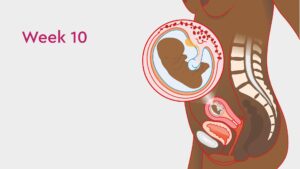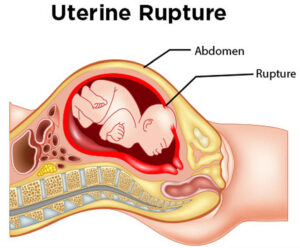At 4 weeks of pregnancy, which is approximately one month gestation, the embryo is still in the early stages of development. The two main methods for terminating a 4-week pregnancy are medical abortion (abortion pill) and aspiration (suction) abortion. Let’s explore each method:
Medical Abortion (Abortion Pill): A medical abortion is a non-surgical method that involves taking medications to induce a miscarriage and terminate the pregnancy. The most common medication regimen for a medical abortion at 4 weeks may include:
- Mifepristone: The process typically begins with the administration of mifepristone (RU-486) at a healthcare provider’s office. Mifepristone works by blocking the hormone progesterone, which is necessary for maintaining the pregnancy.
- Misoprostol: About 24 to 48 hours after taking mifepristone, the patient takes misoprostol either orally or vaginally at home. Misoprostol causes the uterus to contract, leading to the expulsion of the pregnancy tissue.
- Follow-Up: After taking misoprostol, the patient will likely experience cramping and bleeding as the pregnancy tissue is expelled. A follow-up visit to the healthcare provider is usually scheduled to ensure the procedure is complete and to address any concerns.
Aspiration (Suction) Abortion: Aspiration abortion, also known as suction abortion, is a surgical procedure commonly used for first-trimester abortions, including 4-week pregnancies. It involves the use of gentle suction to remove the pregnancy tissue from the uterus. Here’s how the procedure typically goes:
- Preparation: The patient will be prepared for the procedure by changing into a gown and lying on an examination table. The healthcare provider will review the medical history and perform a physical examination.
- Anesthesia: To minimize discomfort, a local anesthetic may be administered to the cervix to numb the area. In some cases, a sedative or pain medication may also be provided to help the patient relax during the procedure.
- Suction Procedure: The healthcare provider will use dilators, thin rods or rods of increasing thickness, to gently widen the cervix. This helps create an opening for the insertion of a cannula, a small tube connected to a suction device. The cannula is carefully guided into the uterus, and the gentle suction is applied to remove the pregnancy tissue.
- Confirmation: After the procedure, the healthcare provider may perform an ultrasound or use other methods to confirm that the uterus is empty.
It’s important to note that both medical abortion and aspiration abortion are safe and effective methods when performed by qualified healthcare providers in appropriate medical settings. The specific method chosen may depend on factors such as patient preference, medical history, and the availability of services in a particular location.




